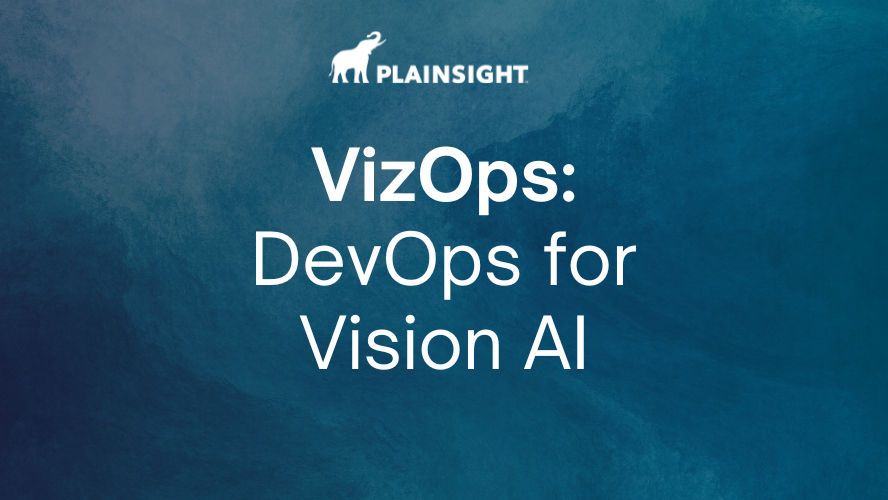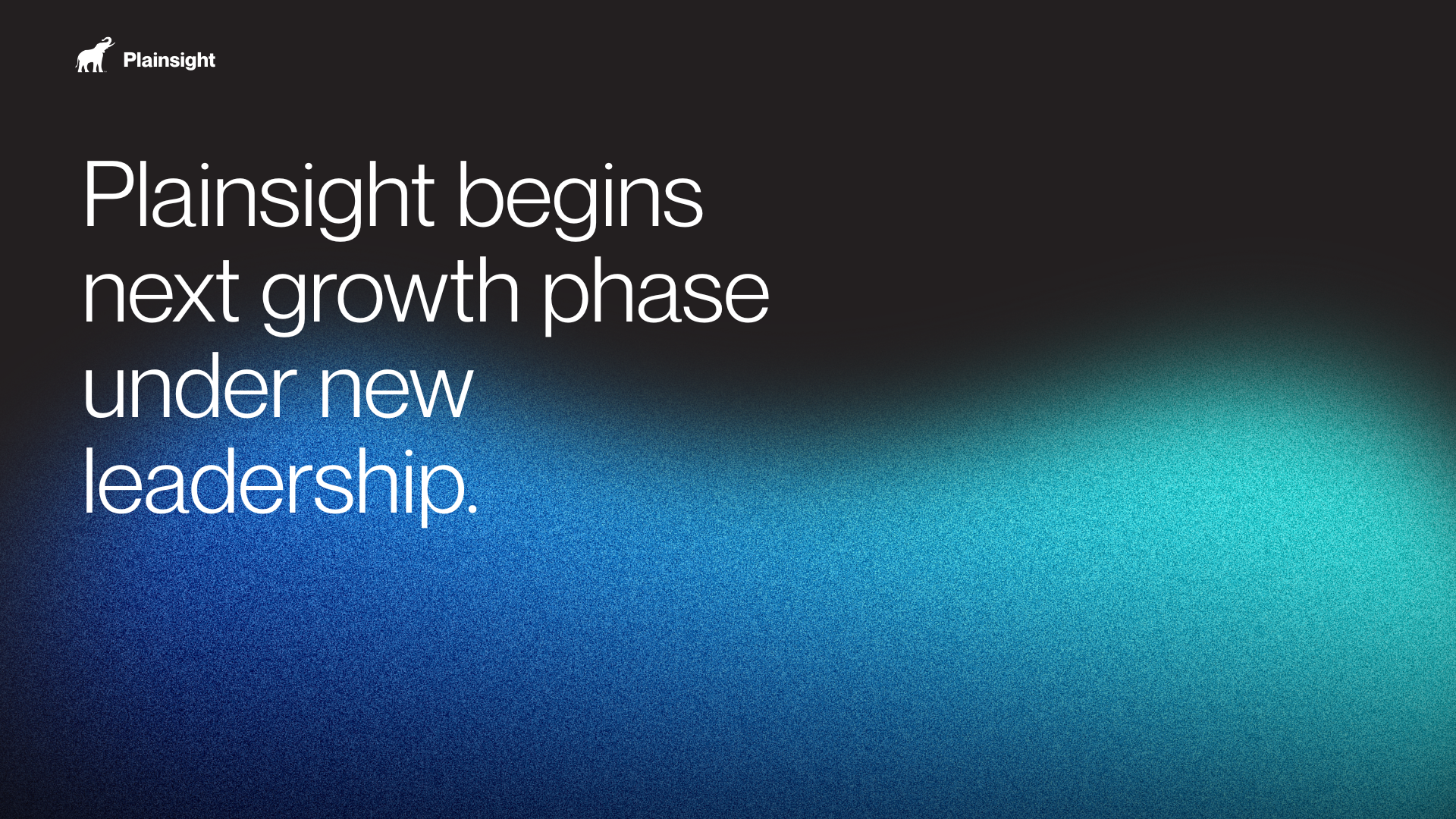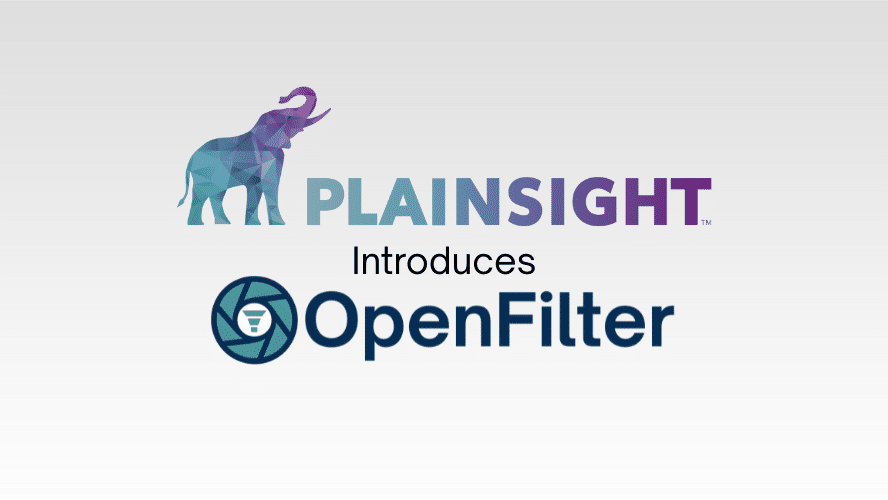From Cybersecurity to Vision AI: Why Plainsight Was the Next Step
From the beginning, I’ve been guided by a simple instinct: do the hardest thing. For instance, my first job was being an M&A banker. As an undergrad, I didn’t know what investment banking was. I just heard it was the hardest job for finance majors, so I went after it.
That instinct has shaped every step of my career, from cybersecurity to infrastructure software to machine learning. These are fields where the problems are complex, the stakes are high, and shortcuts don’t exist. Over time, I’ve learned that progress doesn’t come from avoiding failure, it comes from creating an environment where teams can safely take risks, contain mistakes, and therefore develop faster. My philosophy of leadership is focused on managing blast radius so people can grow fast without putting the business at risk.
Why Plainsight, Why Now
That same instinct is what ultimately brought me to Plainsight. Computer vision is at a rare inflection point: mature enough to generate billions in revenue and countless one-off solutions, but still lacking the standardized infrastructure enterprises need to hyper scale reliably.
Plainsight is building exactly that. With a leadership team that helped shape Kubernetes, Plainsight has the vision and the team to define the platform for scaling real-world vision AI. My role is to bring lessons from cybersecurity and open source to make sure customers can grow securely, without compromise.
Open Source Matters
Open source has been central to how I think about scaling technology, even long before I joined Canonical as CFO. At its best, it delivers the perfect balance between transparency and accountability: customers can see the code they depend on, communities can surface vulnerabilities early, and vendor-backed teams can move fast to fix and improve what’s there. That combination of openness and support has consistently proven to be the most secure and scalable way to build lasting infrastructure.
At Plainsight, we’re embracing that philosophy with initiatives like OpenFilter. Originally developed for demanding enterprise use cases, OpenFilter is available to the entire computer vision community, so any developer can quickly turn ideas into working vision apps. By combining open source transparency with support, we’re helping customers innovate quickly without sacrificing security or stability.
Building With Purpose
I’ve always believed in one principle above all: deliver what you sell.
In infrastructure software, you can’t fake it. There’s no such thing as vaporware. You have to anticipate what customers will need next year and build it now. That requires focus, discipline, and the willingness to place bets that won’t always feel comfortable in the moment. But that’s how you earn trust, and how you build infrastructure software that customers are willing to build on top of.
What excites me most about Plainsight’s work is the impact we can have in industries like quick service restaurants, logistics, manufacturing and more. These are sectors where computer vision AI can immediately make operations safer, more efficient, and more sustainable. The outcomes are tangible, and they result in significant improvements to business operations.
At Plainsight, I see a team already well versed in computer vision, infrastructure, and open source. Together, we have the chance to scale responsibly, with purpose, and with confidence—and I couldn’t be more excited for what’s to come.
Watch the full interview from our FilterLab here and stay tuned for more insights coming soon.
You May Also Like
These Related Stories

VizOps: DevOps for Vision AI

Plainsight Announces Jonathan Simkins as New CEO, Succeeding Kit Merker

No Comments Yet
Let us know what you think